Auschwitz II – Birkenau
When Germany invaded Soviet Union in June, 1941, hundreds of thousands of soviet prisoners of war were taken. Himmler therefore ordered Auschwitz commandant Rudolf Höss to expand Auschwitz in order to receive about 100,000 prisoners of war. Auschwitz I – Stammlager could not expand but Höss found a suitable place about three kilometers from Stammlager called Brzezinka (german Birkenau). Construction of the new camp began in October 1941 and the residents of Brzezinka were evacuated and the Nazis dismantled and moved existing houses and stables and built them up as prison barracks.
Just like Auschwitz I – Stammlager, Birkenau also expanded and consisted of a total of about 300 buildings when it was at its largest in 1944. Birkenau covered about 140 hectares and was divided into three different sections, BI, BII and BIII. Section BI was divided into two sections BIA and BIB, section BII was divided into six sections A – F. Section A was a quarantine camp for newly arrived prisoners. Section B was the family camp for Jews from Theresienstadt in Czech Republic. There the families lived together, they did not have to work, there were also certain social and cultural activities. The family camp was finally liquidated in mid-July 1944 when the prisoners were murdered in the gas chambers of Crematorium 2 and 3.
Sections C and D housed female and male prisoners. Section E was the Gypsy (Roma) camp which in many ways was similar to Theresienstadt family camp. The infamous Dr Mengele had a block for medical experiments in section E so he could be close to his "human materials". The Gypsy camp was liquidated in early August 1944 when all its prisoners were murdered in the gas chamber of Crematorium 5. Section F was the camp infirmary. Here Dr. Mengele’s and other Doctors had their offices. In this section human experiments were conducted on prisoners. Section BIII began in late 1943 but never finished and construction on section BIV never began. In November 1943, Birkenau became an independent camp with its own commandantur. But a year later, Birkenau was merged back with Auschwitz I – Stammlager.
Quiet soon Birkenau was given other functions and the camp is best known for its crematorias and gas chambers. In September 1941, Auschwitz deputy, Karl Fritsch, conducted an experiment with the pesticide Zyklon B (cyan hydrogen gas). The experiment was conducted in a basement corridor (block 11) in Auschwitz I - Stammlager where about 600 Soviet prisoners of war and about 200 sick prisoners were locked up. Fritsch had no idea what dosage was required and therefore it took up to two days before all of them were dead. However, the Nazis felt that the experiment went well and was followed by further test gassings.
The basement of block 11 was by no means suited for these experiments because the block was used for other purposes. Therefore, the experiments were moved to a morgue just outside the camp, but the secrecy around the morgue was inadequate. Therefore the experiments were moved to the more secluded Birkenau where the new camp was being built. In Birkenau, Höss converted two old cottages into gas chambers and continued the experiments in parallel with the expansion of Birkenau. The cottages were called Bunker I and Bunker II. Bunker I was put into service in spring (probably in March), 1942, and Bunker II in June same year. The dead bodies were buried in mass graves adjacent to the cottages.
In July 1942, Himmler visited Auschwitz and was shown a ”special action” when a group of Jews were murdered in one of the cottages. Himmler was impressed by what he saw and let Höss know that Auschwitz would become a prominent place in the annihilation of European Jewry. Höss understood that the current facilities was inadequate in several ways. First to be done was to build dressing (rooms) barracks next to Bunker I and II. Until then, the Jews had been forced to undress outdoors, but Höss felt this was embarrassing for the victims, especially for the women who were forced to stand naked in front of unknown men. However, the capacity of the cottages was not sufficient to meet the requirements of Auschwitz. Höss therefore started a construction consisting of four new murder facilities in Birkenau.
The two largest Crematorias were named 2 and 3 and were built in the same way (mirror-facing) where dressing rooms and gas chambers were underground while the crematorium itself was above ground. The two smaller crematoria were named 4 and 5 and were first intended as crematoria and morgues only. The floor plan indicates this and the Nazis probably planned to continue using Bunker I and II as gas chambers and cremate the bodies in crematoriums 4 and 5. Both Crematorias are located near Bunker I and II. But in the end, gas chambers were included in Crematorias 4 and 5. Bunker I and II were then superfluous and taken out of service. All four Crematoria were put into service at different times in 1943 and together became the Nazis’ largest murder facilities. Those who were to be murdered in Birkenau arrived at a rail road ramp just outside the camp. From there they had to walk or go by truck to the crematorium where they were to be murdered. Jews from all over occupied Europe were deported to Birkenau, most of whom were murdered shortly after arrival, a few were selected for slave labor.
Birkenau reached its peak in the spring and summer of 1944 when about 400,000 Jews from Hungary were murdered in Birkenau. In connection with the Hungarian action, the Nazis prolonged the rail road from outside the camp into the camp itself. From there it was only a few hundred meters to the Crematorias and the gas chambers. In the Hungarian action Bunker II were reinstated. Bunker I had been demolished when the new Crematorias were put into service. The Hungarian action was so extensive that the capacity of the Crematorias was not enough, forcing the germans to cremate recently murdered Jews in large pits.
In addition to mass murder, there were also medical experiments conducted by SS doctors. Dr. Josef Mengele experimented with twins and Gypsy children, and Dr. Horst Schumann experimented with X-rays to be used as a method to sterilize men. In addition to experiments, doctors were also present when new transports with Jews arrived at Auschwitz (Birkenau). Their task was to arbitrarily judge which of the Jews they considered capable of performing slave labor, the others were sent directly to the gas chamber. In addition to transport, regular selection of prisoners was also carried out in the camp.
Birkenau was liberated together with the other two Auschwitz camps January 27, 1945. By then, the Nazis had blown up the Crematorias in an attempt to remove evidence of Genocide. The exception was Crematorium 4, which had been destroyed in October 1944 when the Crematoria’s Sonderkommandp (jews working on the annihilation process) revolted. The crematorium had been inoperative since the summer of 1944, but the damages caused by revolt ensured it was put out of service permanently.
Current status: Partly preserved/demolished with museum (1996).
Address: Brzezinka, 32-600 Oswiecim.
Get there: Car.
Follow up in books: Rees, Laurence: Auschwitz: The Nazis and the Final Solution (2005).

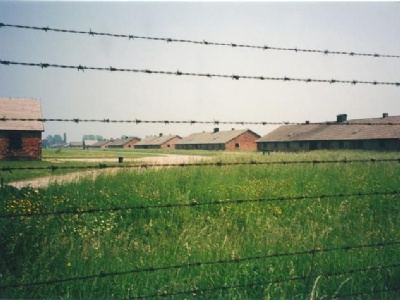
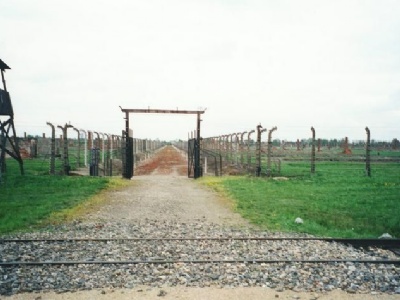
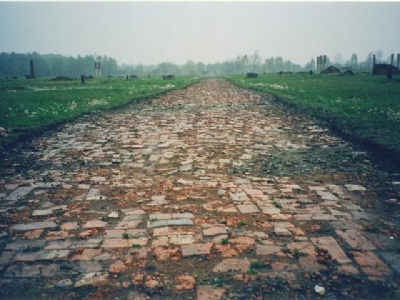
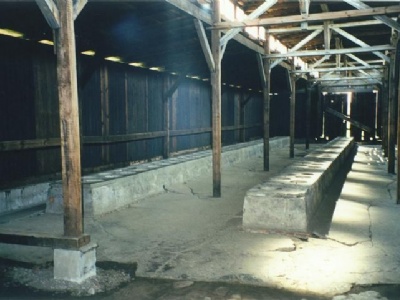
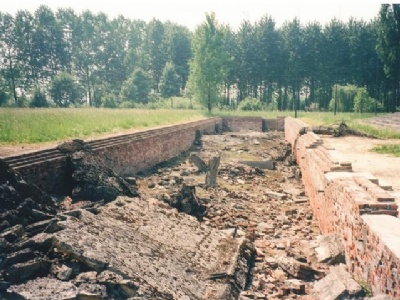

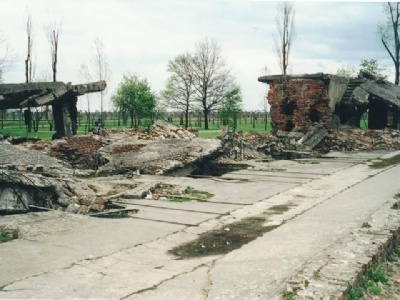
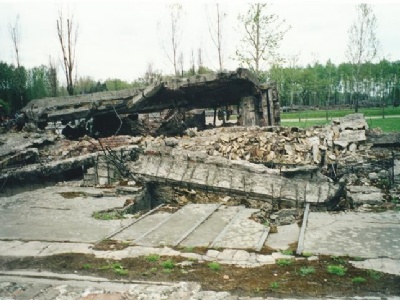


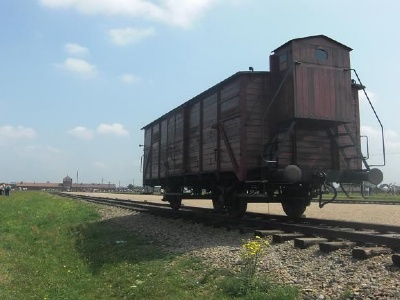

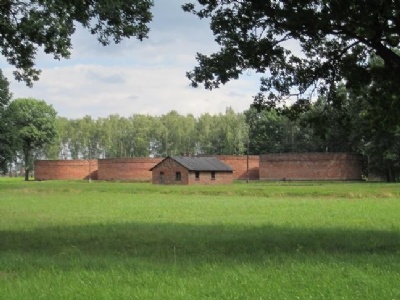
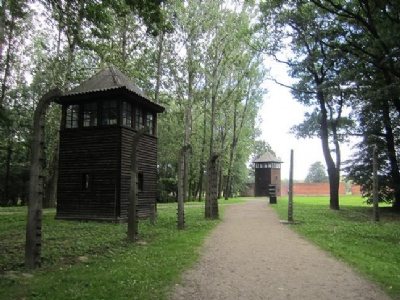
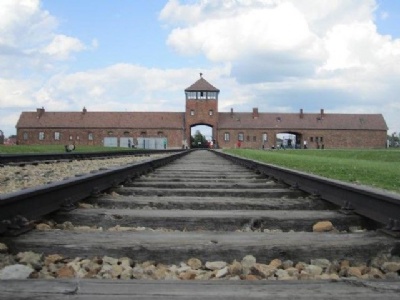
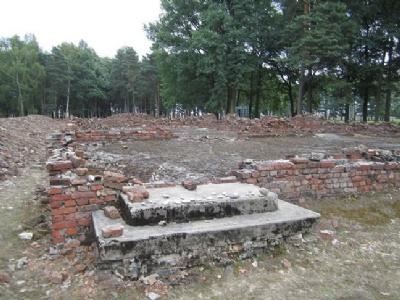
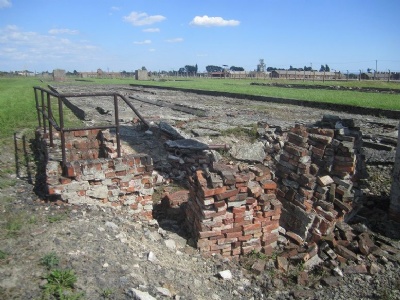
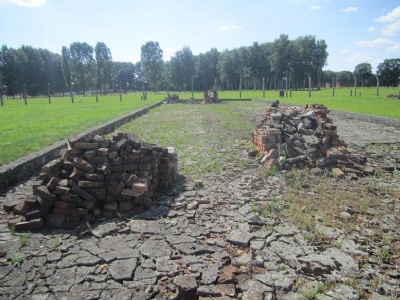
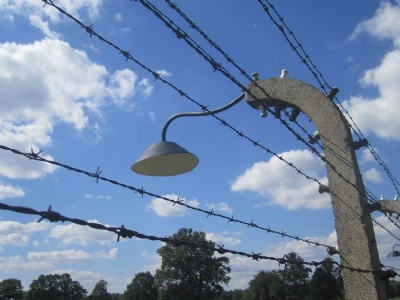
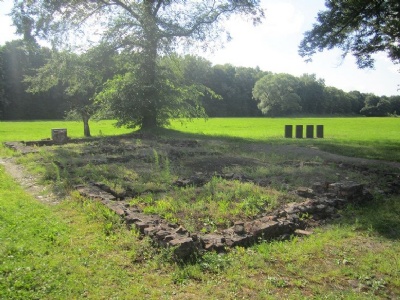
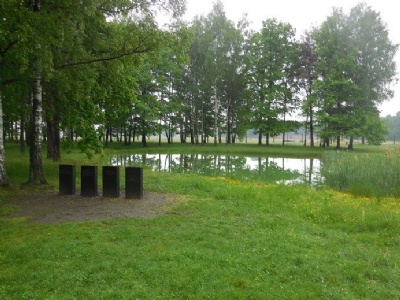
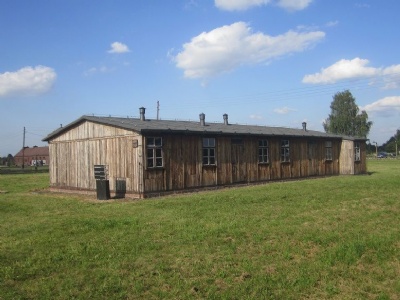
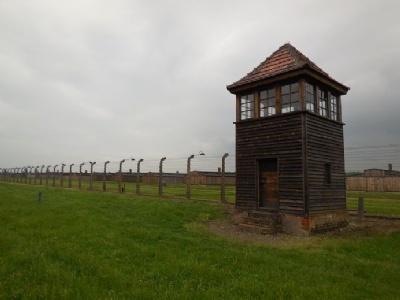
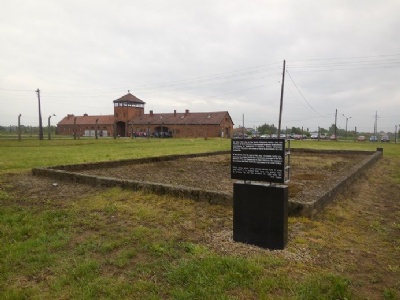
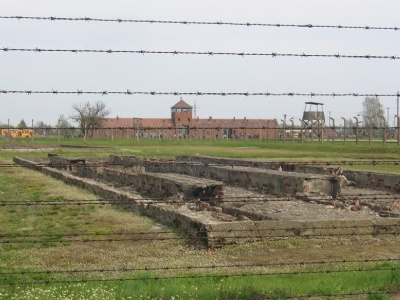

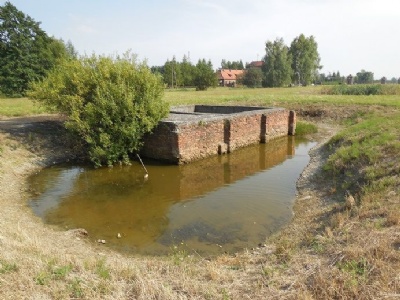
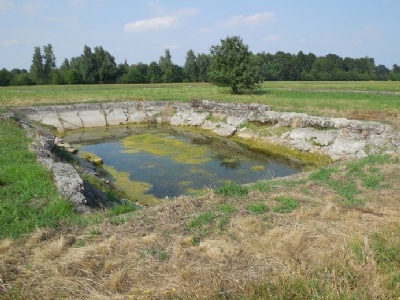

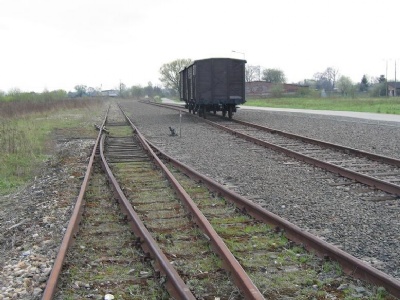
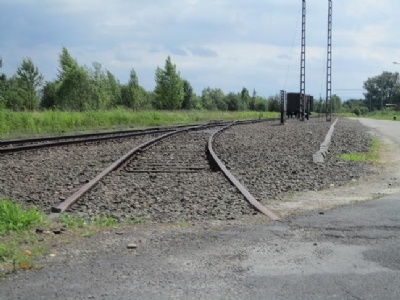
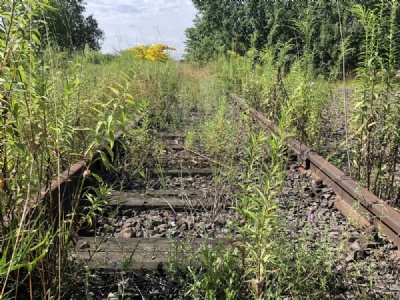
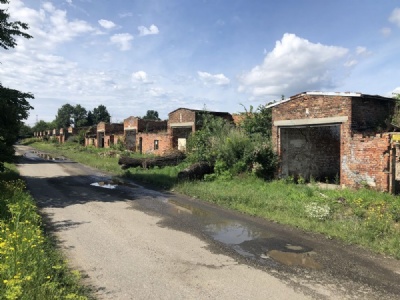
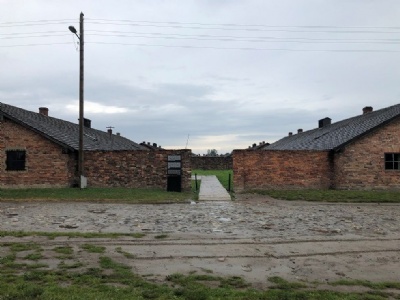
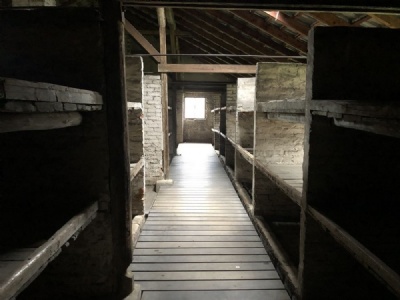
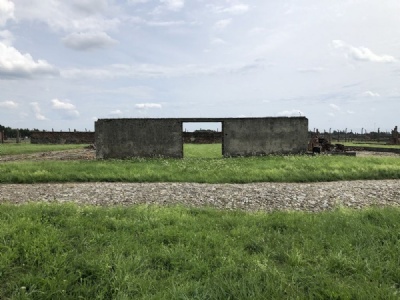
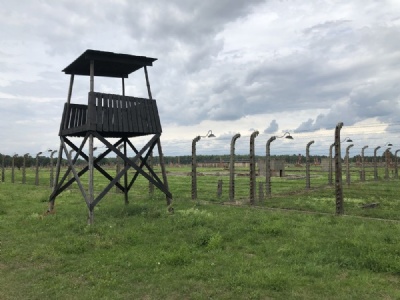
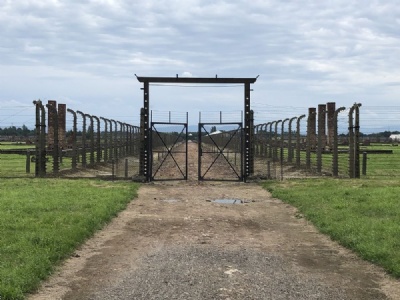
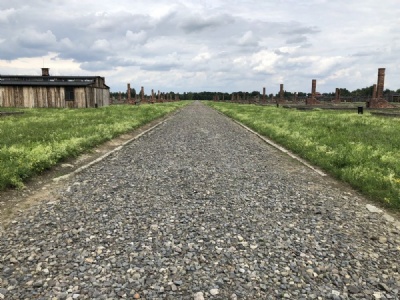
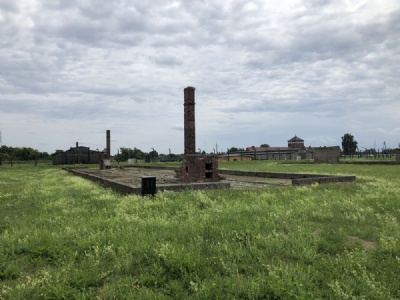
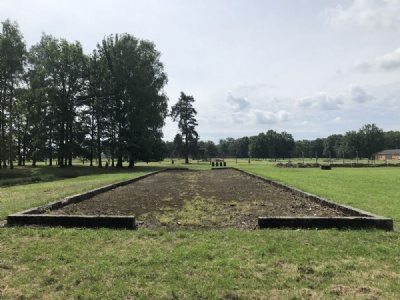
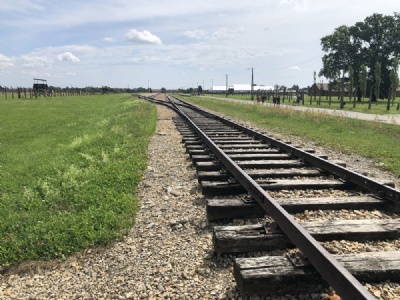
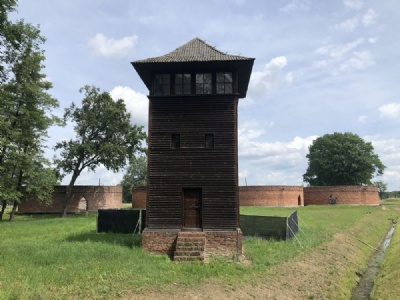
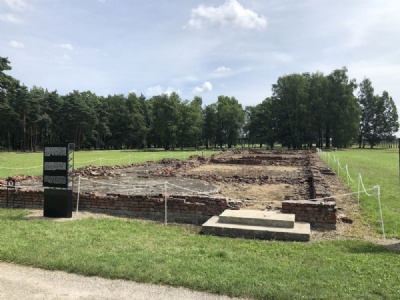
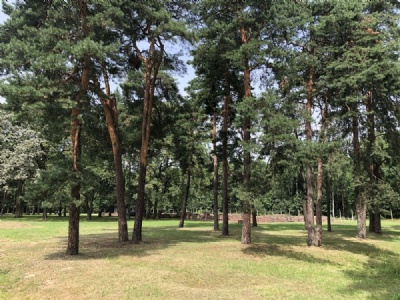
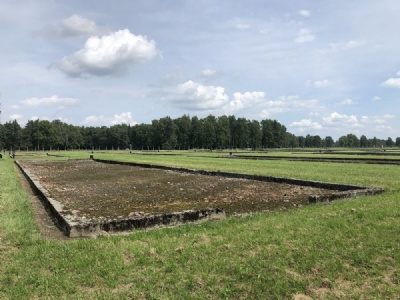
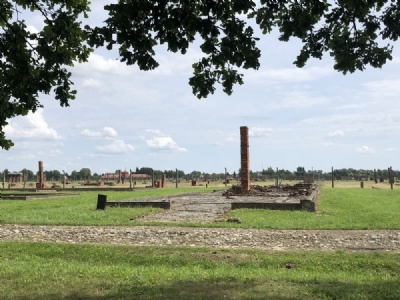
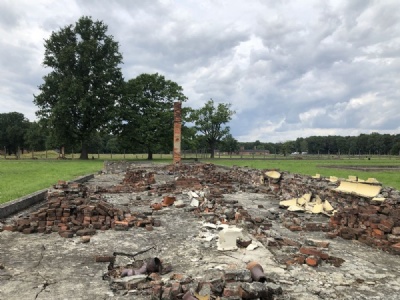
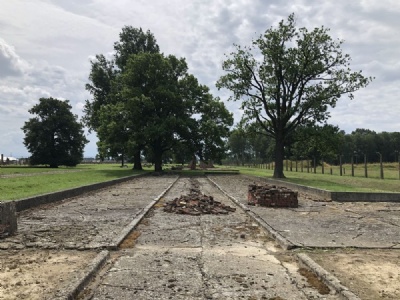
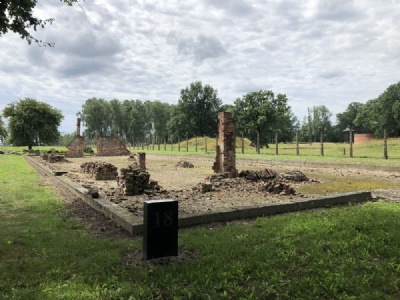

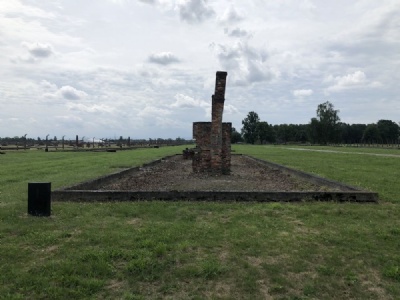
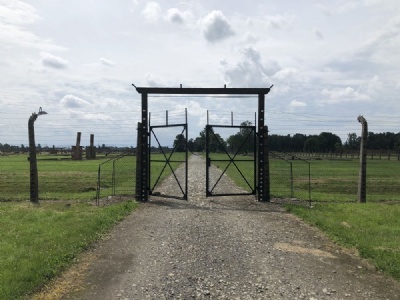
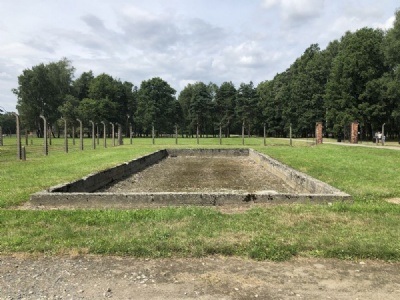

When I visited Auschwitz for the first time in the spring of 1996, it was Birkenau who made the biggest impression on me and that hasn’t changed. I remember the first few times I was there and the feeling I felt when I saw the main entrance from a distance. An entrance that touches me more than the one in the main camp. I also remember the feeling of entering the area and the expectation I had to take in everything the camp had to offer. In particular it was the Crematorias that I found most interesting and the hours I spent at them are many. Since my first visit the feeling and expectations has in some ways waned, but Birkenau still gives me the chill, in a historical positive way that is.
Birkenau consists of both preserved buildings and ruins that together creates a perfect combination. To wander around in Birkenau and from my own mind recreate history is something that always filled me with historical satisfaction. Birkenau is so much more than what is shown during the regular guided tours. The camp is so extensive that not everything is possible during the same visit. To give the place justice, it is therefore necessary to return at some point. Of course, this is something that not everyone has the opportunity or feel that they need. But for me, it is a special feeling to be able to return to the place most people feel uncomfortable about. When the next visit will take place, I do not know, it can happen shortly or it can take a year, the only thing I know is that I will return.